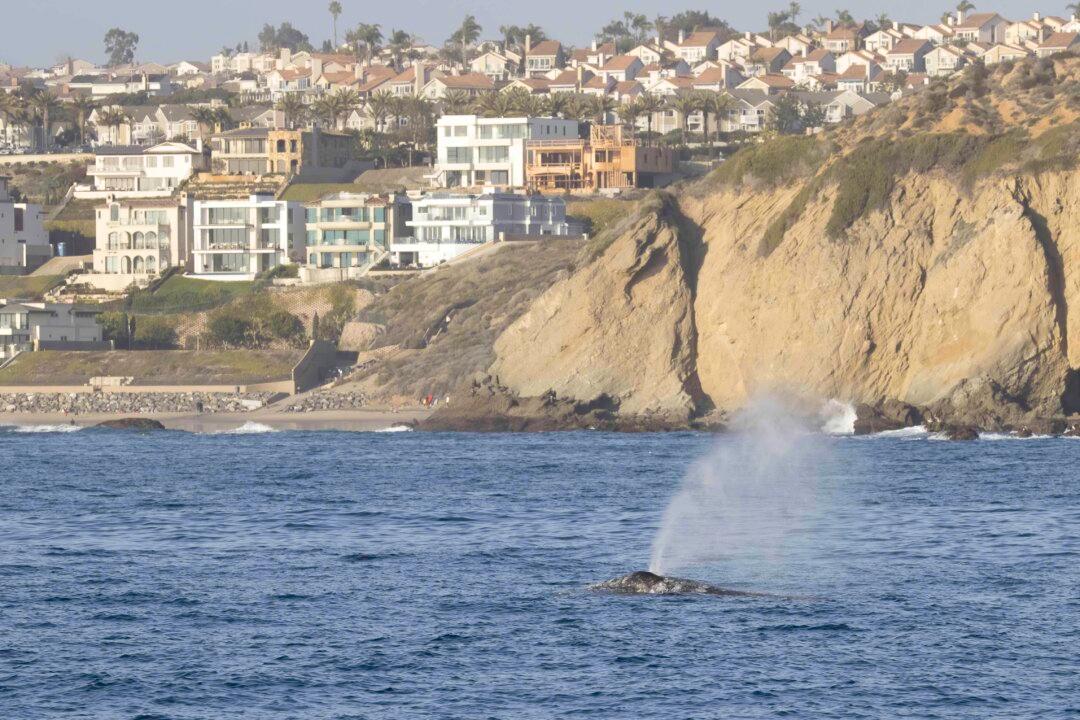DANA POINT, Calif.—Upon approach, the harbor in Dana Point, California—with seven miles of coastline and unique headlands jutting into the Pacific Ocean—presents visitors with a picturesque view.
But lurking below, there’s much more than meets the eye.





